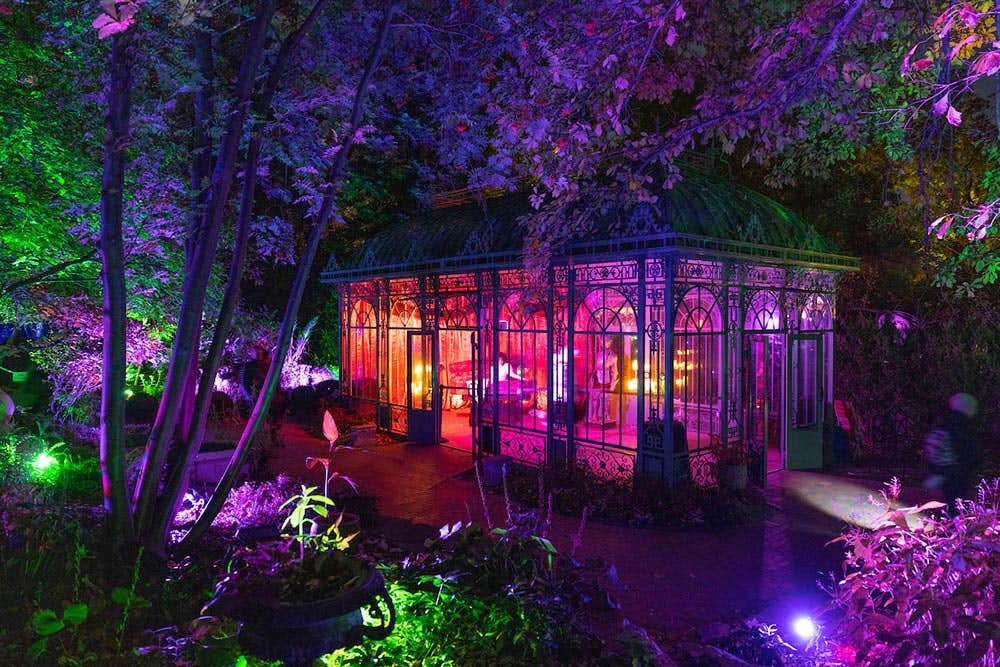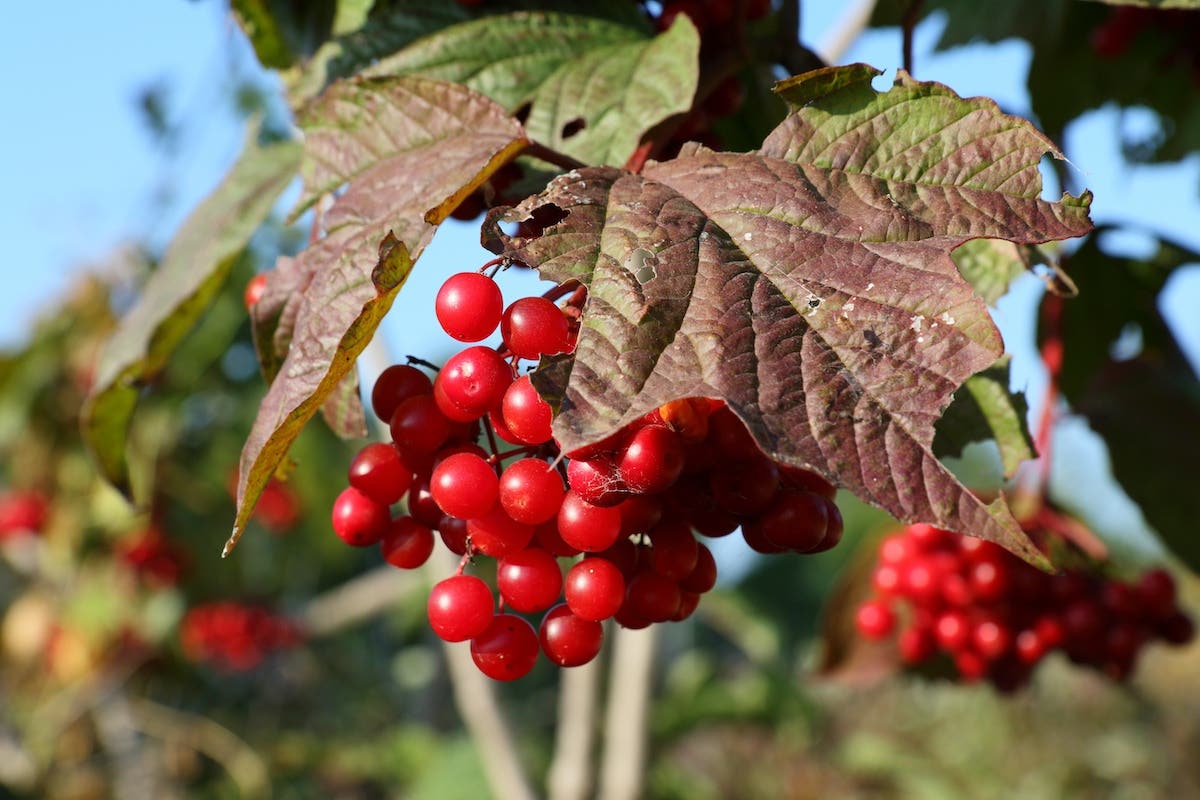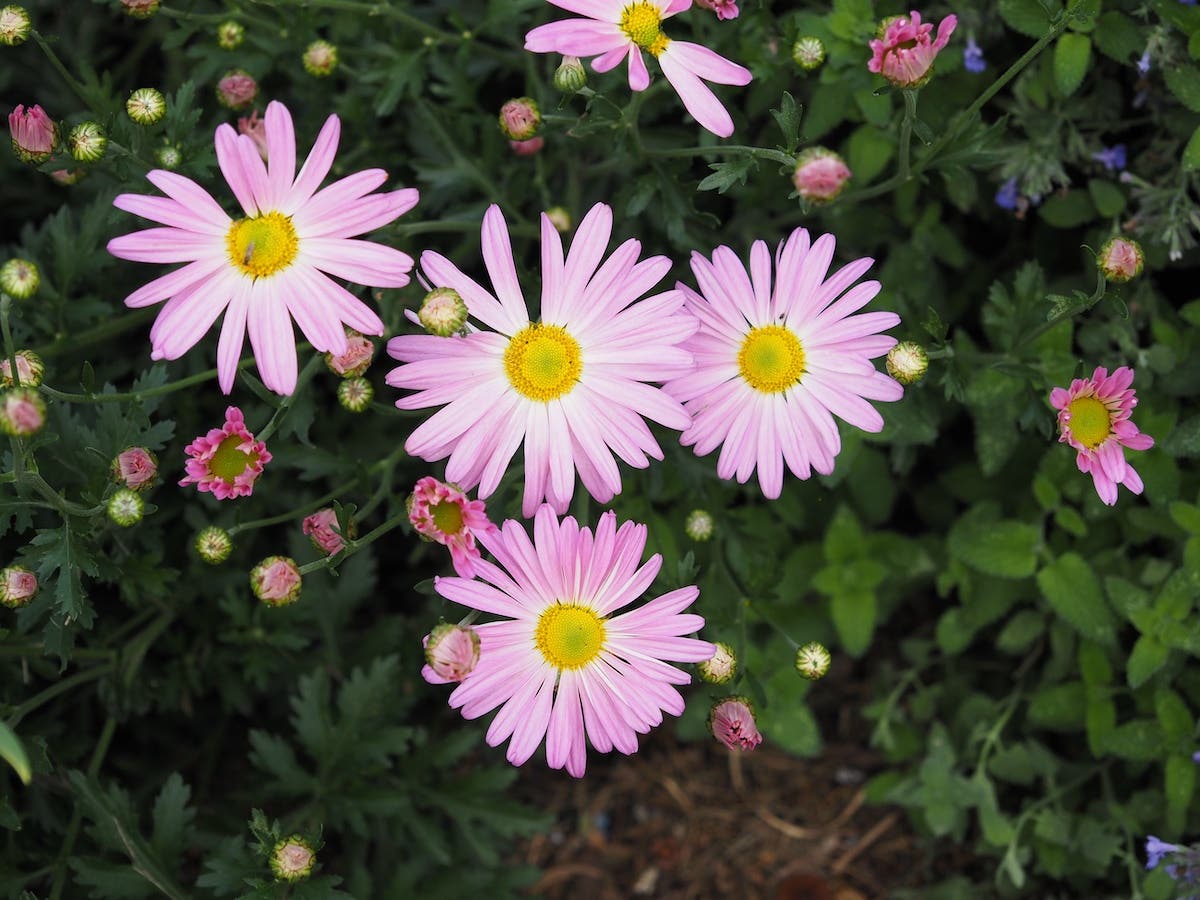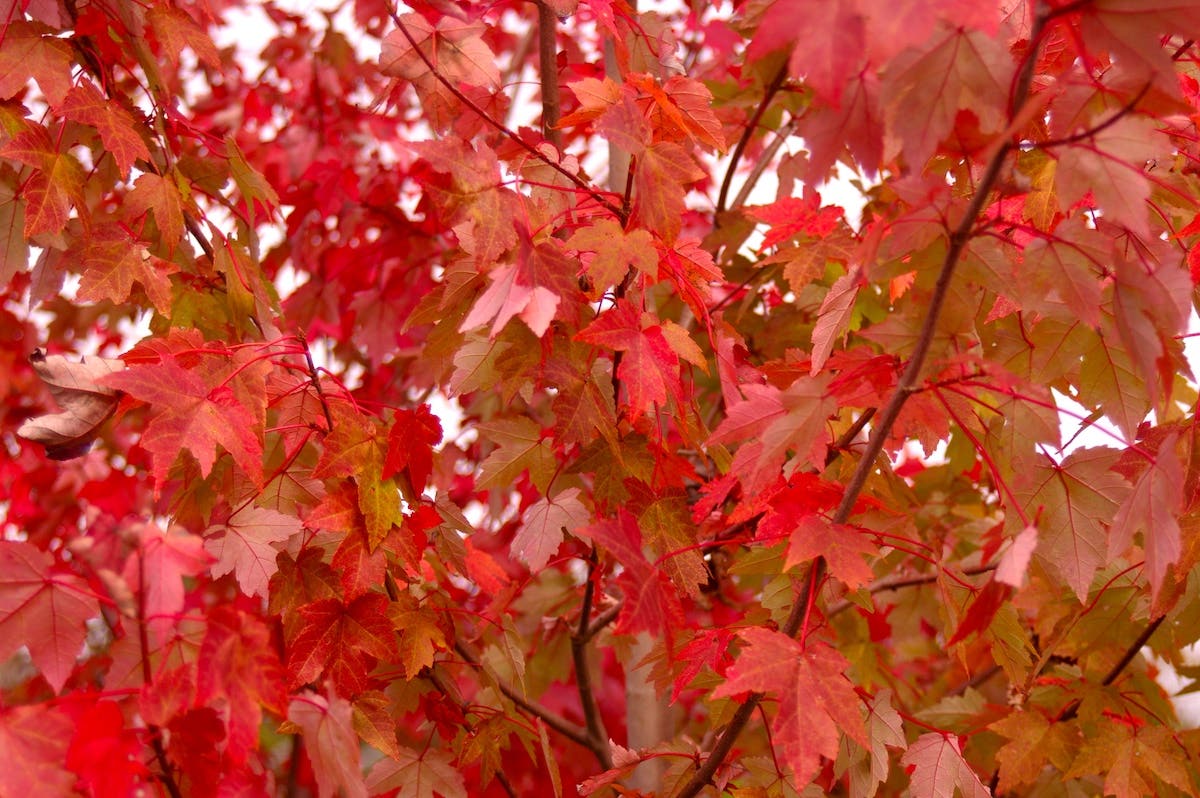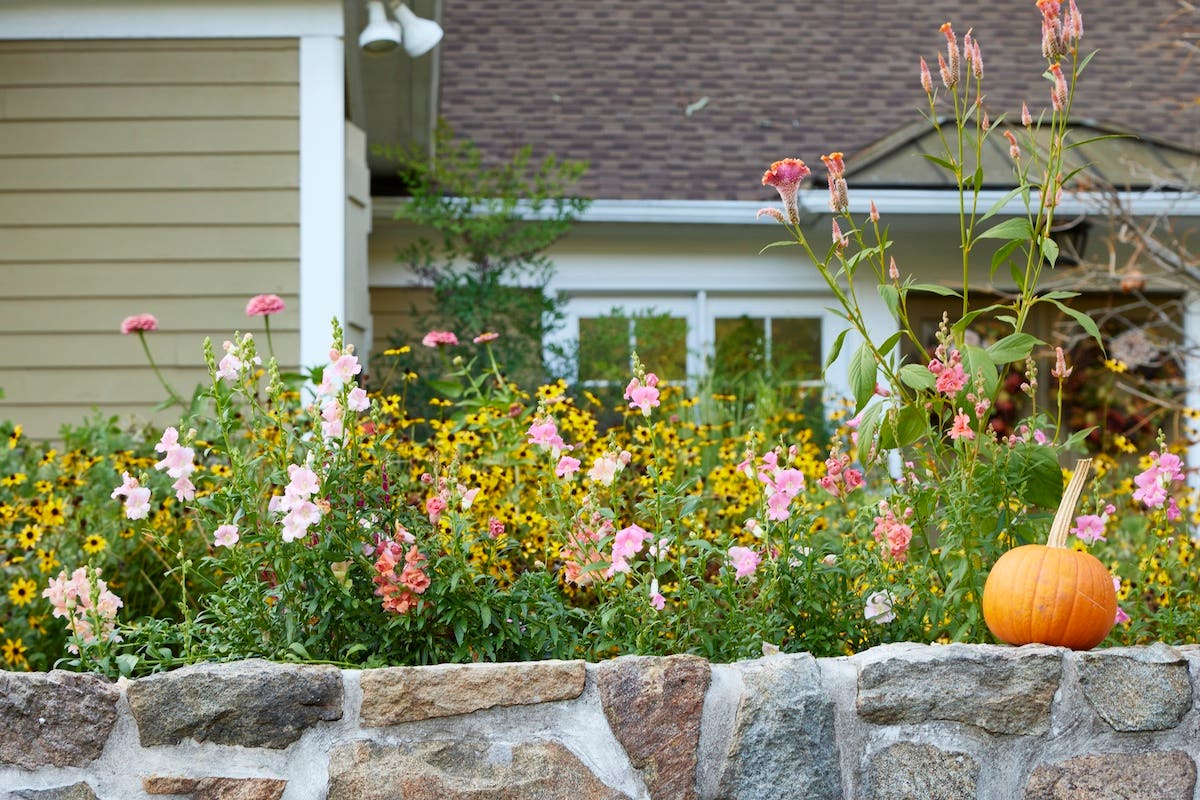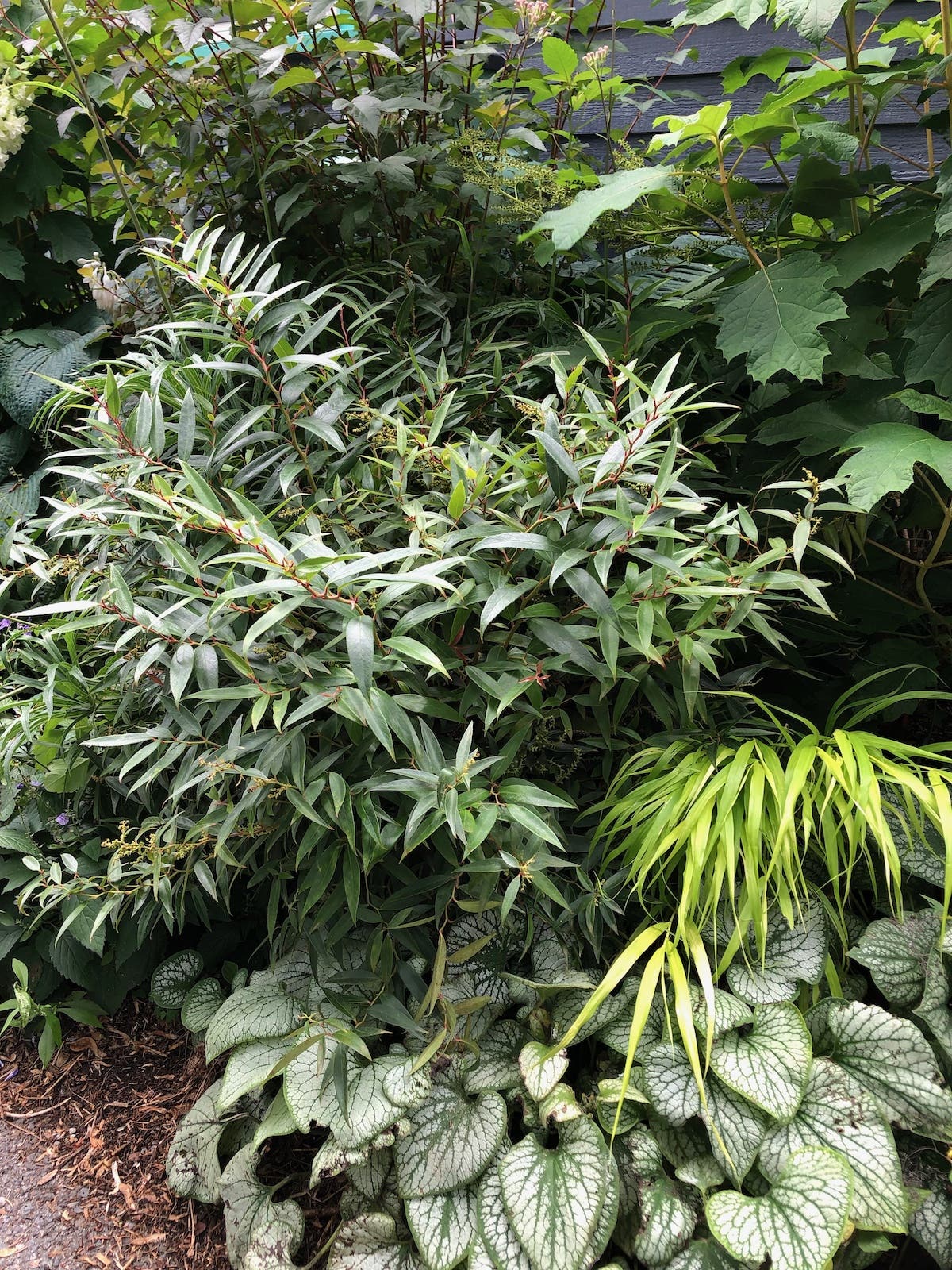Have you ever noticed how much some flowers look like fireworks? It’s no wonder so many firecrackers are botanically named. Peruse a pyrotechnics store and you’ll find chrysanthemum, peony, palm tree, pistil and dahlia types, to call out a few. And on the flip side, at the garden shop we find cultivars like ‘Fireworks’ goldenrod and ‘Bottle Rocket’ ligularia.
For this article I’ve skipped those plants with telltale names in favor of flowers that just visually hint at fireworks. But there are plenty others—can’t you picture spiderflower (Cleome), lily-of-the-Nile (Agapanthus) and pinkroot (Spigelia marilandica) in the Fourth of July’s night sky?
In fact, the more you look at varied flower shapes and forms, the more similarities you may spot. One could plan a season-long show, from spring’s first volley of shooting stars (Dodecatheon meadia) through the fall mum grand finale. No duds allowed!
1. Honey garlic (Allium siculum subsp. dioscoridis)
A unique and uncommon bulb, this species of Allium puts on an eye-catching show of umbels that hover 30 inches above ground and burst with up to 30 individual florets. The energetic shape of the flower is in good balance to its understated color, a mix of muted plum, yellow and green. Good companions include Siberian iris, columbines, other large-flowered alliums, such as ‘Globemaster’, and large, low foliage plants, like lamb’s ears (Stachys byzantina). This plant has been subject to several name changes; it is often listed as Nectaroscordum siculum subsp. bulgaricum or Allium bulgaricum.
Bloom time: Late spring to early summer
Origins: The Mediterranean region and southeastern Europe
Growing notes: Plant this undemanding, critter-proof bulb in fall, in full sun to part shade and soil that drains well. Provide water while it is growing and blooming but ease off in summer. This plant can self-sow; if you want to prevent this, remove the flowerheads before seed is set. Unwanted seedlings are easy to pull. USDA Zones 5–10.
2. Eastern shooting star (Dodecatheon meadia)
The unmistakable flowers of this prairie native seem caught in the midst of a gentle descent to earth, their pastel petals streaming like smoke behind a bright spark. Blooming occurs high above a clump of long, broad foliage that will disappear by midsummer, when this plant falls dormant. Combine it with slow-to-emerge perennials that will keep it a feature in spring and cover its absence in summer.
Bloom time: Late spring to early summer
Origins: Open woods and prairies of the Midwest, Upper South and Gulf Coast
Growing notes: Plant eastern shooting star in full sun to light shade and moist, well-drained soil. A spring ephemeral, it takes especially well when planted as dormant roots in early fall, but it can also be deployed successfully in early spring. Although some ephemeral plants require dry soil during dormancy, this species survives summer watering. Zones 4–8.
3. Crocosmia
The flowering of this gladiolus relative calls to mind a roman candle rocketing skyward with a progression of fire bursts. Crocosmia blossoms open one at a time, starting from the bottom of the stem. Strongly vertical, strappy leaves frame the long-lasting show that delights hummingbirds as much as humans. Cultivars can be found in yellows, oranges and reds. Shown: 'Lucifer'.
Bloom time: Mid- to late summer
Origins: Eastern Africa, South Africa
Growing notes: The bulblike corms should be planted in springtime, after the soil warms up, in a spot with good drainage. Water use is moderate. Site crocosmia in full sun to part shade, but be aware that more sun will result in more flowers. Over time the corms will spread by producing offsets and the clump may begin to flower only lightly. To rectify this, dig and divide clumps in early spring. Zones 5¬–9. Note: Crocosmia xcrocosmiiflora is listed as invasive by the state of California.
4. Giant flowering tobacco
(Nicotiana sylvestris ‘Only the Lonely’)
This flower calls to mind the childhood delight/terror of a handheld sparkler! A flowering tobacco that relies on moths for pollination, it makes a perfect addition to a moonlight garden with its shimmering white color and sweet scent emitted in the evening. This robust plant can reach five feet tall in a season but keeps a skinny silhouette, at two feet wide.
Bloom time: Midsummer to autumn
Origins: Tropical South America
Growing notes: For the best growth and flowering, provide it with rich, moist soil and full sun. It will tolerate partial shade, though. It grows easily from seed sown directly in the garden or started indoors, and it can reseed. Deadheading will prevent this and prolong flowering. This species is a short-lived perennial in Zone 10 and warmer; elsewhere it is treated as an annual.
5. Angel’s fishing rod
(Dierama pulcherrimum)
The hair-thin flowering stalks of this grasslike perennial make its blossoms seem like a shower of twirling, tailed stars—reminiscent of waterfall-type fireworks. A cousin to the iris, it grows from a corm and makes a two-foot clump of stiff foliage that’s evergreen in warm winters, with flower stems doubling its height.
Bloom time: Summer
Origins: South Africa
Growing notes: Select a good position from the start because dierama does not like to be transplanted. It needs well-drained soil, moderate water and full sun. This plant can be slow to establish, but it’s the easiest to grow of the genus and requires little maintenance over its long life. Zones 7–10.
Image credits: Honey garlic by Patrick Standish/CC BY 2.0; Eastern shooting star by Hanna Bradburn/USFWS/Public Domain; Crocosmia by Mark/CC BY 2.0; Giant flowering tobacco by kkmarais/CC BY 2.0; Angel's fishing rod by alh1/CC BY-ND 2.0


